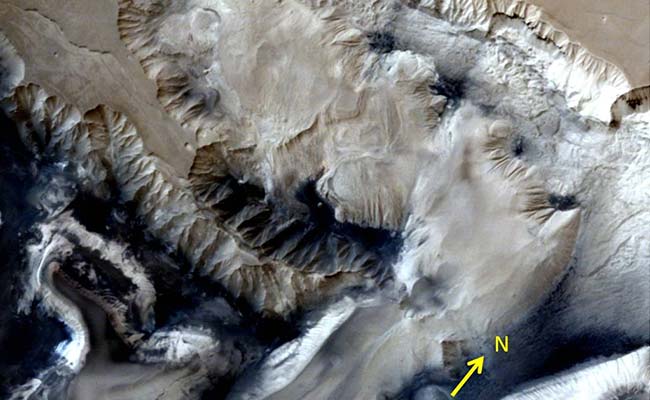-
Tips for becoming a good boxer - November 6, 2020
-
7 expert tips for making your hens night a memorable one - November 6, 2020
-
5 reasons to host your Christmas party on a cruise boat - November 6, 2020
-
What to do when you’re charged with a crime - November 6, 2020
-
Should you get one or multiple dogs? Here’s all you need to know - November 3, 2020
-
A Guide: How to Build Your Very Own Magic Mirror - February 14, 2019
-
Our Top Inspirational Baseball Stars - November 24, 2018
-
Five Tech Tools That Will Help You Turn Your Blog into a Business - November 24, 2018
-
How to Indulge on Vacation without Expanding Your Waist - November 9, 2018
-
5 Strategies for Businesses to Appeal to Today’s Increasingly Mobile-Crazed Customers - November 9, 2018
Mangalyaan sends back stunning images of Mars
As India marks 69th Independence Day celebration, the Indian Space and Research Organisation (ISRO) celebrated this occasion by releasing Mangalyaan’s 3-D imaging of the Valles Marineris, a canyon on Mars that is the solar system’s largest. It’s also been surveying the surface of Mars, sending back images taken with its Thermal Infrared Spectrometer and tricolour Mars Colour Camera.
Advertisement
ISRO’s mission has been such a success that it beat their own estimation and after completing its 6-month lifespan on the red planet, the probe was left with enough fuel to survive few more years.
Mangalyaan reached Mars orbit in September 2014 and since then it has been monitoring the red planet, studying its atmosphere and particle environment. It also shows a portion of the Ophir Chasma, a deep canyon about 317km (197 miles) in length and 62km (38.5 miles) in width.
Snapped from the height of almost 2,000 km by the Mars Coloured Camera, Valles Marineris is the largest-known canyon complex in the solar system.
The word chasma has been designated by the worldwide Astronomical Union to refer to an elongate, steep sided depression. This images were taken on July 19, 2015 at an altitude of 1, 857 km, the Indian Space Research organisation said in a statement. The package of images also includes the pictures of the Opir Chasma, a valley 62 km wide and bordered by high cliffs. The pictures displayed signs of fluvial activity, meaning that water flowed there sometime in the past.
The mission is a “technology demonstrator” project to develop the technologies for design, planning, management, and operations of an interplanetary mission. 450 crores, a fraction of cost usually spent by many other nations.
Advertisement
You can visit the ISRO website to check out more photos captured by MOM.





























